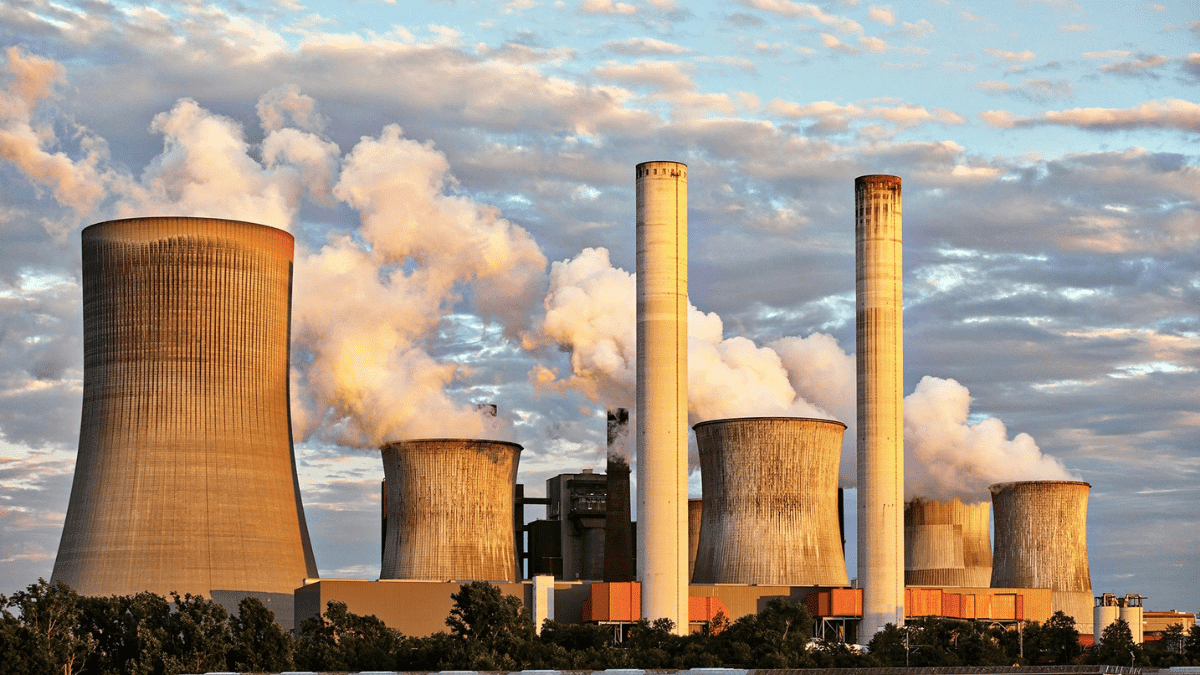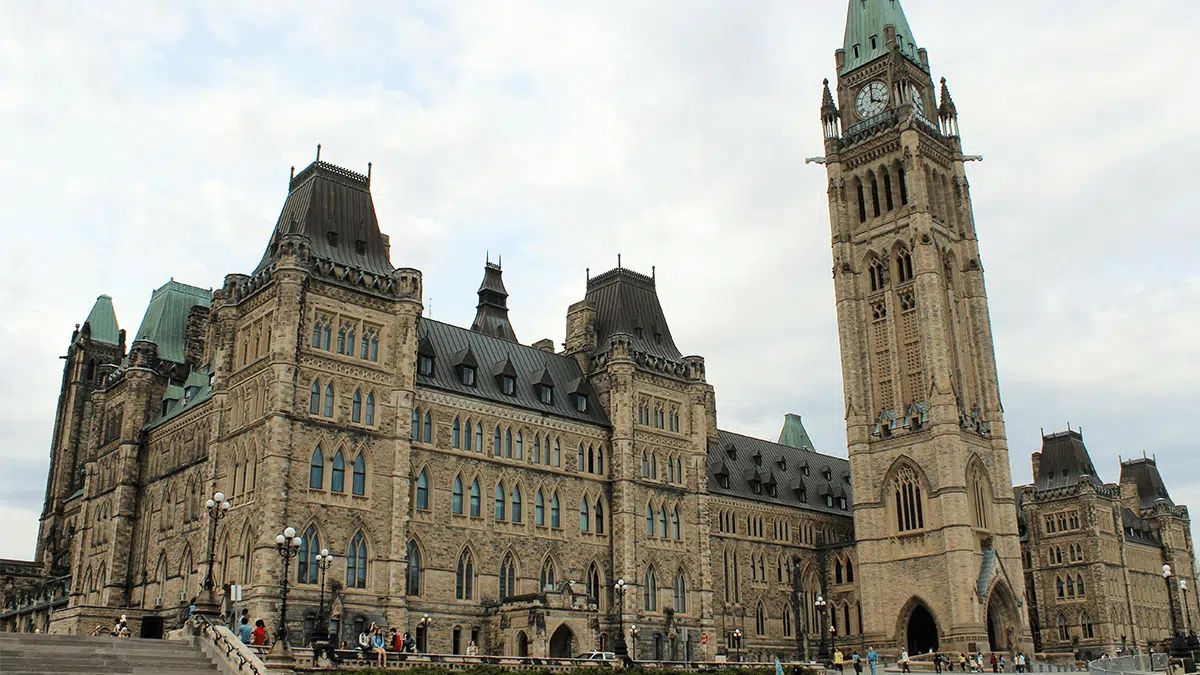
The impacts of climate change are felt globally, and yet its effects are acutely local. That's why municipalities, provinces, and national governments alike are turning to data analytics as a powerful tool for climate resilience.
In an era where climate threats are growing in frequency and intensity, analytics can help governments predict environmental risks, prepare infrastructure and communities, and adapt services to protect both people and ecosystems. By harnessing the power of data, artificial intelligence (AI), and predictive modeling, governments can move from reactive crisis management to proactive, evidence-based adaptation.
The Urgency of Climate Resilience
Extreme weather events — floods, wildfires, hurricanes, and heatwaves — are increasing in frequency and severity. In 2023, the world experienced its hottest year on record, with economic losses from climate-related disasters nearing $1.5 trillion over the past decade.
The impacts are felt everywhere: from urban centers facing infrastructure strain to remote northern communities grappling with permafrost thaw and changing ecosystems.
Climate resilience is the capacity of communities, infrastructure, and systems to withstand, recover from, and adapt to these disruptions. Building resilience is not just about bouncing back; it's about bouncing forward by turning raw data into actionable insights, strengthening systems with predictive analytics, and reducing future risks.
The Role of Data Analytics in Climate Adaptation
Governments today have access to huge amounts of data related to climate change, such as weather records, satellite imagery, infrastructure inventories, social and economic indicators.
The challenge is transforming this data into actionable insights. This is where predictive analytics and AI come into play.
Predictive analytics uses historical and real-time data to forecast future events and trends. In the context of climate resilience, this means:
- Anticipating extreme weather events (e.g., floods, wildfires, droughts)
- Identifying vulnerable populations and assets
- Optimizing resource allocation for disaster response
- Informing long-term infrastructure investments
For example, predictive models can help emergency services anticipate wildfire behavior, allowing for targeted evacuations and resource deployment. In urban planning, analytics can identify flood-prone neighborhoods, guiding investments in green infrastructure and stormwater management.
Case Study: Bronson Consulting and Polar Knowledge Canada
A compelling example of analytics-driven resilience comes from Bronson Consulting's work with Polar Knowledge Canada (POLAR). Over a three-year period, Bronson provided program management support for POLAR's science, technology, and knowledge management programs, as well as the operation of the Canadian High Arctic Research Station (CHARS) in Cambridge Bay, Nunavut.
Bronson's role included:
- Strategic advice on work planning and budget development
- Performance management and reporting
- Facilitating workshops to align priorities and chart a path forward
- Analyzing and reporting performance metrics to inform decision-making
- Assisting with documentation for funding and policy approvals
By embedding robust analytics and performance management into POLAR's operations, Bronson helped strengthen Canada's leadership in polar science and technology. This work not only advanced scientific understanding of the Arctic — a region on the frontlines of climate change — but also ensured that adaptation strategies were grounded in evidence and aligned with organizational goals.
Building Resilience: Strategic Approach for Public Sector Success
Climate resilience is not the responsibility of a single agency or department. It requires a holistic approach, integrating climate considerations into every facet of policy, planning, and operations.
Below are some of the key steps that should be taken to build climate resilience using modern data analytics.
1. Climate Risk Assessment
Governments must systematically assess climate risks to people, infrastructure, and ecosystems. This involves:
- Mapping hazards (e.g., flood zones, wildfire risk areas)
- Assessing vulnerabilities (e.g., aging infrastructure, at-risk populations)
- Evaluating adaptive capacity (e.g., emergency response resources, community networks)
2. Data-Driven Planning and Investment
Analytics inform smarter investments in resilient infrastructure. For example, Infrastructure Ontario uses predictive models to assess flood risks across its asset portfolio, guiding upgrades and new construction to withstand future climate impacts
3. Performance Measurement and Continuous Improvement
Measuring progress is essential. Governments are developing climate resilience indicators and metrics to track adaptation efforts, assess outcomes, and refine strategies over time. This data-driven feedback loop ensures that adaptation is dynamic and responsive to evolving risks.
4. Collaboration and Knowledge Sharing
No single entity has all the answers. Effective climate adaptation depends on collaboration—across government levels, with Indigenous and local communities, and with the private sector. Sharing data, best practices, and lessons learned accelerates innovation and amplifies impact.
The Role of Partnerships and Capacity Building
While the technology exists, many governments face capacity gaps: not enough data scientists, limited interoperability between departments, or inadequate tools for visualization. That's why partnerships — between public agencies, consultancies like Bronson, academia, and civic tech groups—are so essential.
When it comes to climate, that might mean helping a regional government:
- Establish baseline climate risk metrics
- Implement cloud-based platforms for scenario planning
- Train staff in data visualization tools
- Create performance dashboards that track adaptation goals
With the right support, even small or rural municipalities can become leaders in climate-smart governance.
What Climate Resilience Looks Like When It Works
When analytics and climate policy are tightly integrated, the results are transformative. Communities become safer. Budgets are spent more effectively. Citizens trust that governments are not only reacting to climate disasters but preventing them.
In Canada, we're seeing more provinces and municipalities embedding resilience into planning through platforms like the Canadian Centre for Climate Services, which offers climate data tools to support evidence-based adaptation.
Looking Ahead: The Future of Climate Resilience
The climate crisis demands bold, innovative action. By embedding analytics into the fabric of decision-making, governments can build communities that are not only resilient to today's risks but are prepared to thrive in an uncertain future.





